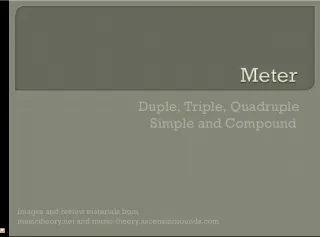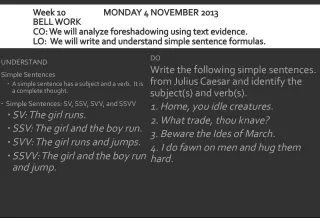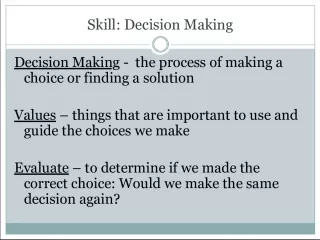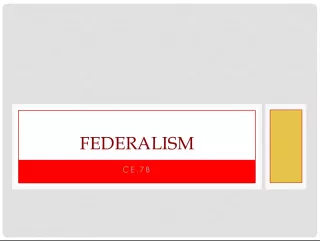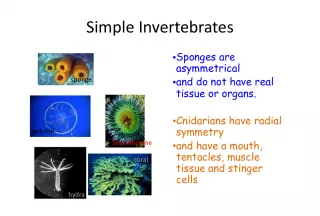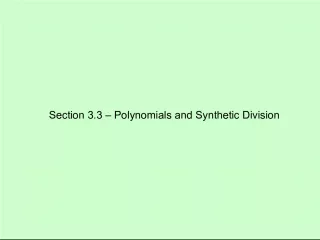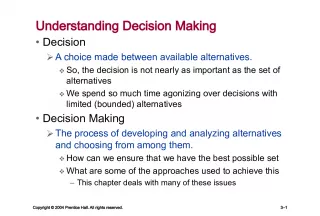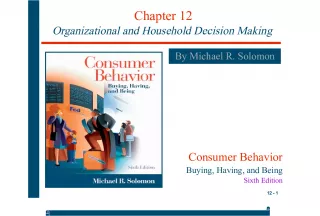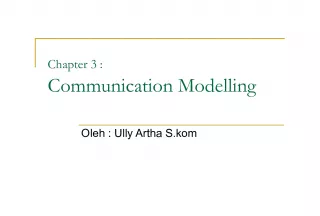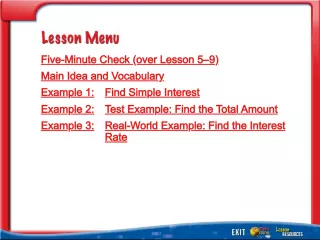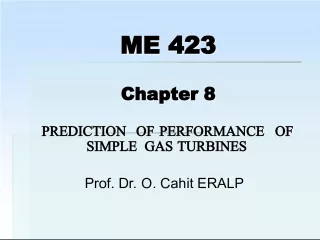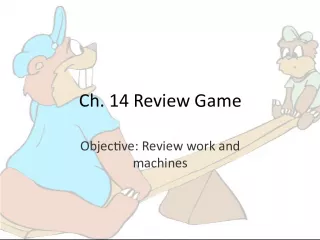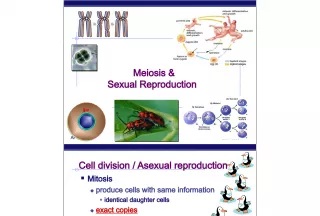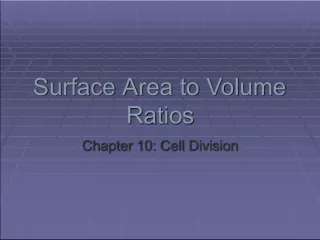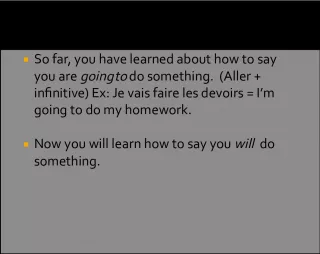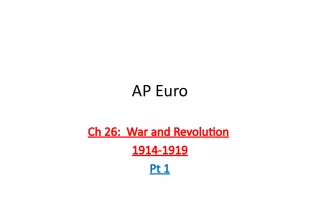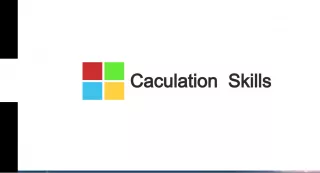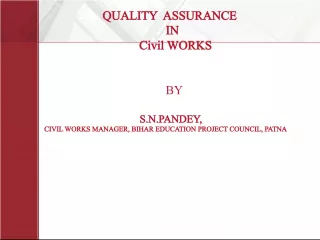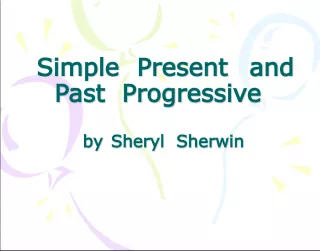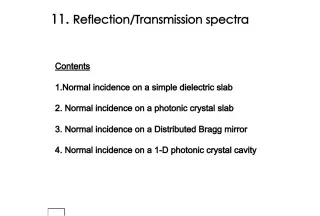DM S B: Making Long Division Simple


Have you ever wondered what DM S B stands for? It's actually the order of steps for long division: Divide, Multiply, Subtract, Bring Down. Long division can seem intimidating,
- Uploaded on | 3 Views
-
 johnkelly
johnkelly
About DM S B: Making Long Division Simple
PowerPoint presentation about 'DM S B: Making Long Division Simple'. This presentation describes the topic on Have you ever wondered what DM S B stands for? It's actually the order of steps for long division: Divide, Multiply, Subtract, Bring Down. Long division can seem intimidating,. The key topics included in this slideshow are . Download this presentation absolutely free.
Presentation Transcript
Slide2DM S B What is DMSB? You wonder? This stands for the order of long division D ivide M ultiply S ubtract B ring Down
Slide3Take a look at this division problem:3 )74 Looks scary, huh? Well, when you use D M S B It can be simple. Move to the next slide to get started! This is the dividend . The dividend is the number we break into groups. This is the divisor . The divisor is the number of groups we are dividing into or the number we are dividing by .
Slide4DIVIDEFirst, we want to DIVIDE. Ask yourself: “How many times can 3 go into 7?” 3 ) 7 4 Think of your multiplication facts: 3 x 1 = 3 3 x 2 = 6 3 x 3 = 9 Or, draw an array: O O O O O O O O O
Slide5DIVIDEYou want to find the closest number to 7 without going over! In this case it’s 2 times because 3 x 2 is 6 3 times is too high since 3 x 3 = 9 Think of your multiplicatio n facts: 3 x 1 = 3 3 x 2 = 6 3 x 3 = 9 Or, draw an array: O O O O O O O O O
Slide6DIVIDENow, place your 2 above the 7, because 3 goes into 7 two times. 2 3 ) 7 4 You’ve just completed the divide . Now, we’ll move onto multiply . The 2 becomes the first part of your quotient. The quotient is the answer in division.
Slide7MULTIPLYNext, you want to multiply 3 times 2: 2 3 )74 3 x 2= 6 6 We do this because we said that 3 can go into 7 two times, but now we have to find out how close to 7 we can get. So we multiply !
Slide8MULTIPLYThat was a really simple step! Now, we want to move on to subtract !
Slide9SUBTRACTNow that we know how many times 3 goes into 7, we have to subtract to see the difference between the numbers: 2 3 ) 7 4 -6 1 Good! We know 7 – 6 = 1. Leave your 1 in it’s spot, because we’re going to use it for the bring down !
Slide10BRING DOWNWhen you bring down , you’re moving the second part of your dividend into your workspace: 2 3 )7 4 -6 1 4
Slide11BRING DOWNWow! You’ve just completed every step of D M S B! But, wait! There’s more! 2 3 )74 -6 14 We now have a new number and we have to start all over again…
Slide12DIVIDEFirst, we want to DIVIDE. Ask yourself: “How many times can 3 go into 14?” 2 3 )74 -6 14 Think of your multiplication facts: 3 x 1 = 3 3 x 2 = 6 3 x 3 = 9 3 x 4 = 12 3 x 5 = 15 Or, draw an array: O O O O O O O O O O O O O O O
Slide13DIVIDEYou want to find the closest number to 14 without going over! In this case it’s 4 times because 3 x 4 is 12 5 times is too high since 3 x 5 = 15 Think of your multiplication facts : 3 x 1 = 3 3 x 2 = 6 3 x 3 = 9 3 x 4 = 12 3 x 5 = 15 Or, draw an array: O O O O O O O O O O O O
Slide14DIVIDENow, place your 4 above the 4, because 3 goes into 14 four times. 24 3 )74 -6 14 You’ve just completed the divide . Now, we’ll move onto multiply . The 4 becomes the second part of your quotient. You’re almost done!
Slide15MULTIPLYNext, you want to multiply 3 times 4: 2 4 3 )74 -6 14 3 x 4 = 12 12 We do this because we said that 3 can go into 14 four times, but now we have to find out how close to 14 we can get. So we multiply !
Slide16MULTIPLYThat was a really simple step! Now, we want to move on to subtract !
Slide17SUBTRACTNow that we know how many times 3 goes into 14, we have to subtract to see the difference between the numbers: 24 3 )74 -6 14 -12 2 Good! We know 14-12 = 2 . Leave your 2 in it’s spot, because we’re going to use it for the bring down !
Slide18BRING DOWNWhen you bring down , you’re moving the next part of your dividend into your workspace: 24 3 )74 ? -6 14 -12 2 ? But wait!! There’s nothing to bring down!! This is OK! You have no more numbers in your dividend to add to your workspace so you’re almost done! If there was a third number in our dividend, then we would start D M S B all over again! You want to keep going until you have nothing to bring down.
Slide19REMAINDERThe remainder is what you have left over (or what is remaining) after you have nothing to bring down: 24 R - 2 3 )74 -6 14 -12 2 In this problem, the remainder is 2 because 14-12 = 2. Write your remainder next to your answer.
Slide20Here is what your division problem shouldlook like: 24 R - 2 3 )74 -6 14 -12 2
Slide21•D M S B is the order of operations for division. It stands for D ivide , M ultiply , S ubtract , B ring Down • The divisor is the number of groups we are dividing into or the number we are dividing by. In 2)81 2 is the divisor . • The dividend is the number we break into groups. In 2)81 81 is the dividend • The quotient is the answer in division. • Remember! You want to keep going until you have nothing to bring down .
Slide22Do It Yourself!Now, try these problems on your own! Remember D M S B. When you’re finished, move to the next slide to check your answers! 5)62 2)78 7)92 4)45
Slide23 12 r 25)62 -5 12 -10 2 39 r 0 2)78 -6 18 -18 0 13 r 1 7)92 -7 22 -21 1 11 r 1 4)45 -4 05 -4 1 Check Yourself!
Slide24You did a really awesome job withD M S B. Remember! Long division can be easy! And when you need a little help just think of D M S B: D ivide M ultiply S ubtract B ring Down
